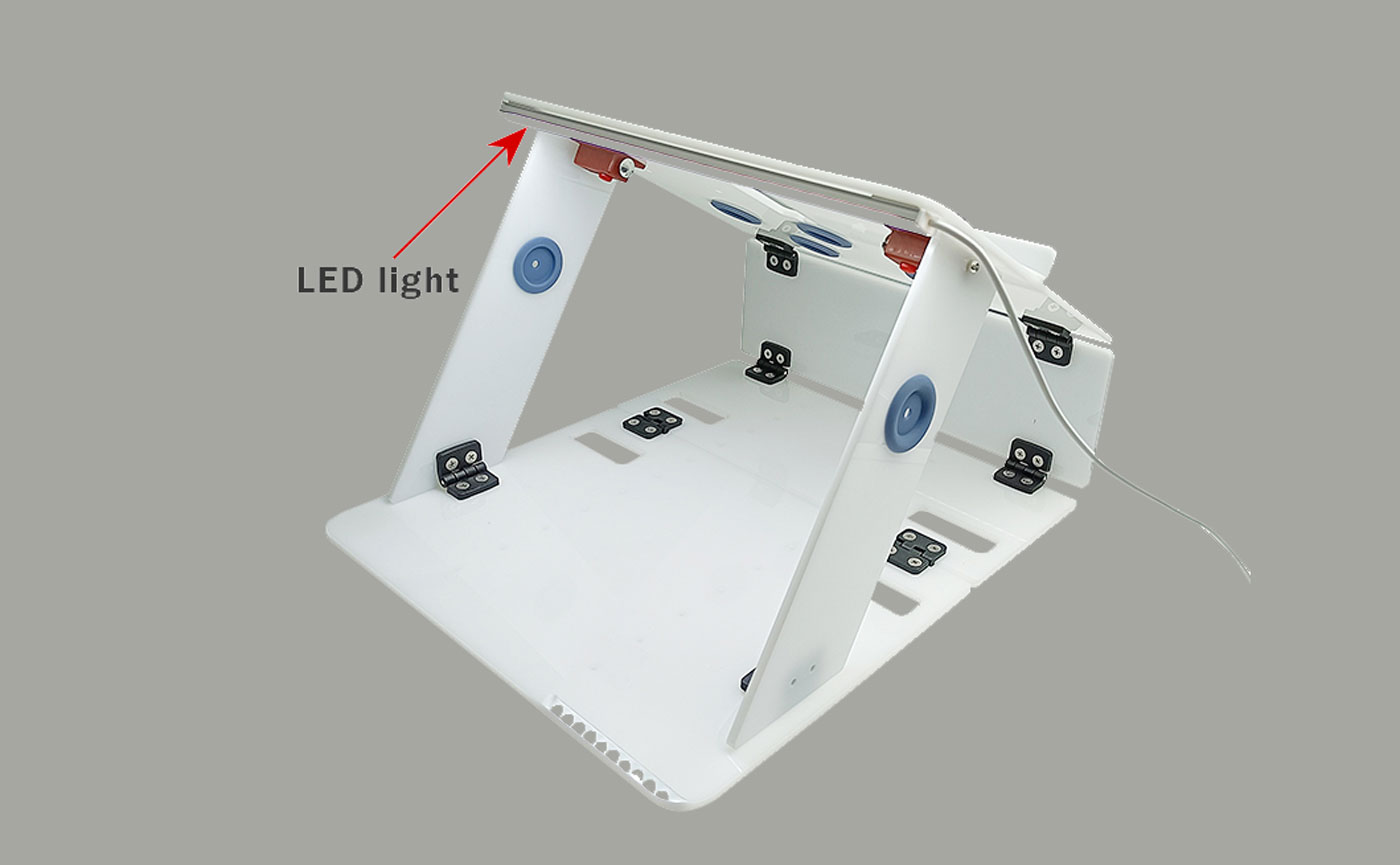Training on operation skills of simulation training box
1. Eye hand coordination training
Place a drawing with 16 letters and numbers and 16 small cardboard with corresponding letters and numbers on the bottom plate of the training box. Students look at the monitor screen with their eyes, listen to the instructions, and point to the corresponding direction with their right hand and left hand respectively; And use your left hand and right hand to change the position of each small cardboard at will.
Bean catching training
Place a handful of soybeans and a narrow mouth bottle on the bottom plate of the training box, and move the soybeans into thenarrow mouth bottle one by one with left and right hand grasping pliers. The relative position of soybeans and narrow mouth bottles can be adjusted to further train accurate positioning skills.
2. Hands training (thread passing training)
Place a 50cm suture on the bottom plate of the training box, hold the grasping forceps with both hands, grasp one end of the suture with one hand forceps, pass it to the other grasping forceps, and gradually pass it from one end of the suture to the end.

3. Basic operation training
1) Paper cutting training
Place a square piece of paper on the bottom plate of the training box and cut it according to the simple graphics drawn in advance, holding the grasping pliers in the left hand and scissors in the right hand.
2) Clamp training
In laparoscopic surgery, titanium clips and silver clips are often used to clamp tissue or stop bleeding, and the use of forceps is trained in a dark box.
3) Sewing and knotting training place a central oval hollow rectangular film on the bottom plate of the training box for simple butt stitching and knotting. When knotting, ask another student to act as an assistant to help fix the knot and cut off the tail.
After a simple mastery of suture, you can further learn continuous suture, which also needs the cooperation of assistants. In addition to training with film and gauze, isolated animal organs, such as intestines and blood vessels, can also be selected for training.
Post time: May-18-2022





